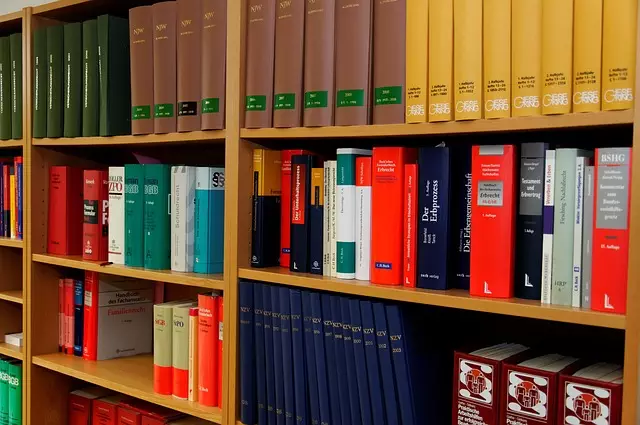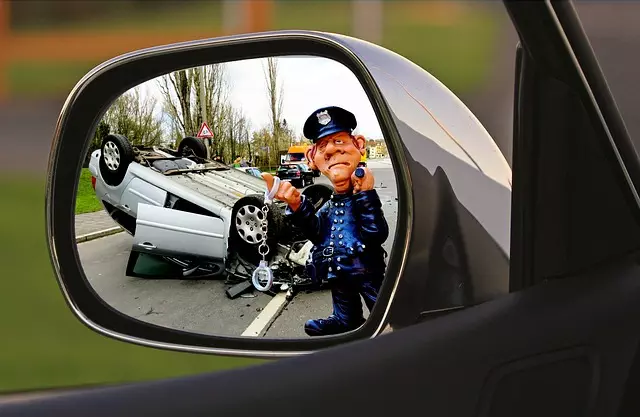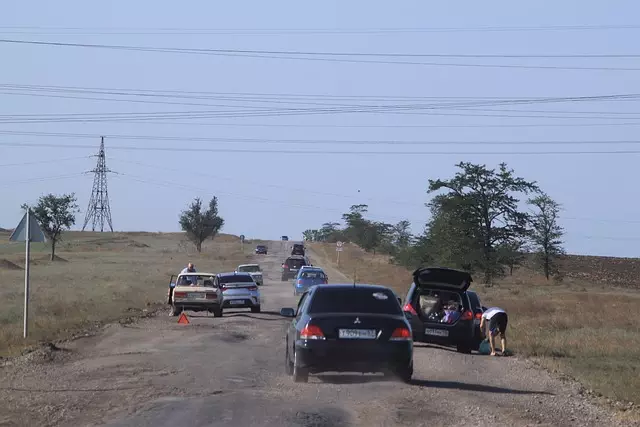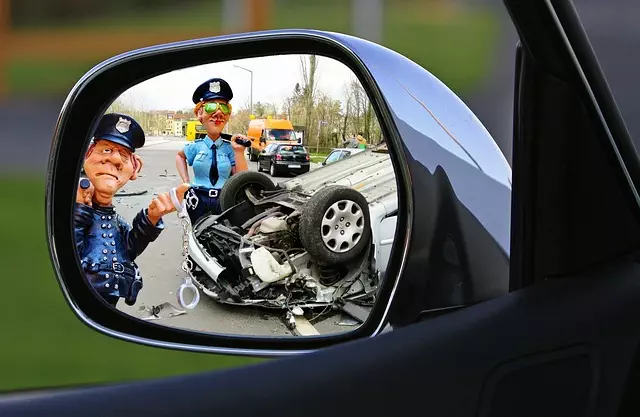Category: Car Accidents in NYC
Car Accidents in NYC: Navigating Urban Mobility
Introduction
New York City (NYC), a global metropolis, is renowned for its vibrant culture, diverse communities, and bustling urban landscape. However, beneath the city’s gleaming facade lies a complex web of challenges related to car accidents, which significantly impact road safety and the well-being of its residents. This article aims to delve into the multifaceted issue of car accidents in NYC, exploring their causes, consequences, and the various efforts to mitigate these incidents. By examining historical trends, global influences, economic implications, technological innovations, policy responses, and real-world case studies, we will gain a comprehensive understanding of this critical urban issue.
Understanding Car Accidents in NYC: A Complex Web
Definition and Core Components
Car accidents in NYC refer to various vehicular collisions occurring within the city’s boundaries, involving cars, trucks, buses, and other motor vehicles. These accidents encompass a range of incidents, from minor fender benders to severe crashes resulting in injuries or fatalities. The core components include:
- Vehicle Involvement: A mix of private cars, commercial vehicles, and public transportation systems.
- Road Network: NYC’s intricate street grid, including busy highways, narrow side streets, and complex intersections.
- Pedestrians and Cyclists: Increasing numbers of non-motorized users sharing the roads with vehicles.
- Weather and Infrastructure: Extreme weather conditions (e.g., snow, ice) and aging infrastructure contributing to accident risks.
Historical Context and Significance
Car accidents in NYC have evolved over time, mirroring the city’s transformation from a horse-drawn carriage era to a modern urban center. According to data from the New York City Department of Transportation (NYCDOT), the number of traffic crashes has fluctuated but generally declined since the 1970s. However, with the rising popularity of ride-sharing services and electric vehicles, new challenges have emerged.
The significance of addressing car accidents in NYC is multi-faceted:
- Road Safety: Reducing accident rates improves public safety and minimizes fatalities and injuries.
- Mobility and Congestion: Better road safety can enhance traffic flow, reducing congestion and travel times.
- Economic Impact: Car accidents have substantial economic consequences, including medical costs, vehicle damage, and productivity losses.
- Environmental Considerations: Encouraging safer driving practices and efficient transportation options can contribute to NYC’s sustainability goals.
Global Impact and Trends
International Influence
Car accidents in NYC are part of a global phenomenon, with many cities facing similar challenges. The World Health Organization (WHO) estimates that road traffic injuries are a leading cause of death among young people worldwide, underscoring the need for comprehensive safety measures. International organizations like the International Transport Forum (ITF) promote best practices and knowledge-sharing to address these issues.
Regional Trends
Global trends in car accidents reveal several key observations:
- Urbanization: As cities grow, so does the density of vehicles on the road, increasing accident risks. NYC’s high population density is a contributing factor.
- Technology Integration: Advanced driver-assistance systems (ADAS) and autonomous vehicles are shaping safety trends globally, with NYC embracing these innovations.
- Pedestrian and Cyclist Safety: Many cities, including NYC, are prioritizing non-motorized users’ safety due to their increasing numbers.
- Data-Driven Approaches: The use of big data and analytics is enabling more precise accident forecasting and targeted interventions.
Economic Considerations
Market Dynamics and Investments
Car accidents in NYC have significant economic implications:
- Medical Costs: Accidental injuries lead to substantial healthcare expenditures, straining public and private insurance systems.
- Vehicle Damage and Repairs: The cost of repairing or replacing vehicles is a financial burden on individuals and businesses.
- Productivity Losses: Accidents disrupt daily routines, leading to missed workdays and reduced productivity. According to a study by the NYCDOT, traffic crashes result in substantial economic losses annually.
- Insurance Premiums: Higher accident rates can lead to increased insurance premiums for residents and businesses.
Investment Patterns and Opportunities
The city’s efforts to improve road safety and transportation infrastructure attract investments:
- Infrastructure Upgrades: NYC has seen significant investments in road repairs, intersection improvements, and public transportation systems like the subway and bus networks.
- Smart City Initiatives: Technologies such as traffic signal optimization, real-time data analytics, and connected vehicles are being implemented to enhance safety and efficiency.
- Ride-Sharing and Electric Vehicle Integration: The rise of ride-sharing services and electric vehicles presents opportunities for safer and more sustainable mobility options.
Technological Advancements
Advanced Driver Assistance Systems (ADAS)
ADAS technologies play a pivotal role in enhancing vehicle safety:
- Adaptive Cruise Control (ACC): Adjusts vehicle speed to maintain a safe distance from the car ahead.
- Automatic Emergency Braking (AEB): Applies brakes automatically to prevent or mitigate collisions.
- Lane Departure Warning (LDW): Alerts drivers when their vehicles veer out of their lanes unintentionally.
- Blind Spot Monitoring (BSM): Detects vehicles in the driver’s blind spot and provides visual or auditory cues.
Autonomous Vehicles and Future Trends
NYC has been at the forefront of testing and implementing autonomous vehicles (AVs) for public transportation, ride-sharing, and delivery services:
- Safety Benefits: AVs promise improved safety by removing human error from driving tasks.
- Challenges: Regulatory frameworks, public acceptance, and technical hurdles must be addressed.
- Potential Impact: Widespread adoption could reduce accident rates, change transportation dynamics, and influence urban planning.
Policy Responses and Initiatives
Regulatory Frameworks
NYC’s regulatory landscape addresses various aspects of car accidents:
- Vehicle Safety Standards: The city enforces strict vehicle safety regulations, ensuring vehicles meet federal motor vehicle safety standards.
- Driver Licensing and Education: NYCDOT offers driver’s education programs and enforces licensing requirements, including inspections and emissions tests.
- Traffic Laws and Penalties: Various laws regulate speed limits, seatbelt use, helmet requirements for cyclists, and distracted driving, with penalties for violations.
Safety Campaigns and Public Awareness
The city has launched numerous campaigns to raise public awareness:
- ‘Share the Road’ Initiatives: Promoting safe interactions between drivers, pedestrians, and cyclists.
- Distracted Driving Campaigns: Encouraging responsible phone use while driving.
- Speed Limit Enforcement: Increased police presence and technology to deter speeding.
- School Zone Safety Programs: Implementing speed cameras and safety education in school zones.
Data-Driven Approaches and Technology Integration
NYC leverages data analytics and technology:
- Traffic Management Centers: NYCDOT operates centers that monitor traffic flow, detect incidents, and deploy resources efficiently.
- Red Light Camera Systems: Automated camera systems enforce red light violations, improving intersection safety.
- Real-Time Traffic Data: Sensors and cameras provide real-time data for optimizing traffic signals and managing congestion.
Case Studies: Real-World Examples
Success Story: Improved Pedestrian Safety in Manhattan
In 2019, NYC implemented the ‘Vision Zero’ program, aiming to eliminate traffic fatalities. One notable success is the pedestrian safety initiative in Manhattan’s midtown area:
- Strategy: Reducing speed limits, adding crosswalks, and improving street lighting.
- Outcomes: A significant decrease in pedestrian fatalities and injuries within a year of implementation.
Challenge: Managing Ride-Sharing Traffic
The rise of ride-sharing services presents both safety challenges and opportunities:
- Challenge: Increased vehicle traffic on already congested streets, leading to longer response times for emergency services.
- Solution: NYC has implemented surge pricing during peak hours to discourage unnecessary ridesharing and encourages riders to share trips.
Conclusion: Towards Safer Roads in NYC
Car accidents in NYC are a complex, dynamic issue requiring multi-faceted solutions. By combining technological advancements, policy interventions, data analytics, and public awareness campaigns, the city can make significant strides towards safer roads. The success of these efforts relies on continuous evaluation, adaptation, and collaboration between various stakeholders, including government agencies, transportation operators, developers, and the public.
As NYC continues to evolve as a global hub, ensuring road safety must remain a top priority. By learning from international experiences, leveraging technological innovations, and fostering a culture of responsible driving, the city can create a safer and more sustainable transportation system for all.
Car Accidents in NYC: Navigating Brain Injury Legal Rights & Representation
Alcohol and Motorcycles: Safety Risks and Resources in Brooklyn

Car accidents related to alcohol are a pressing issue in Brooklyn and New York City, especially for…….
Workplace Safety Training: Navigating Legal Obligations & Preventing Car Accidents in NYC

Workplace safety training is mandatory in New York City, where car accidents involving workers are c…….
Workplace Injury Claims: Navigating Car Accidents in NYC’s Bronx

Workplace injuries, especially car accidents involving construction, delivery, or public transport i…….
Cyclist’s Guide: Navigating Car Accidents & Attorneys in NYC
Slip, Fall, or Car Crash? Your Rights in Queens & NYC

In New York City, including Queens, slip and fall accidents on wet floors are common, but victims ha…….
Medical Malpractice Attorney Manhattan: Navigating Car Accidents & Claims in NYC

In Manhattan, where high-pressure healthcare and heavy traffic collide, both medical malpractice and…….
Birth Trauma Lawsuits in NYC: Navigating Rights After Car Accidents

In New York City, with its high birth rates and vibrant healthcare scene, birth trauma lawsuits offe…….
Unraveling Motorcycle Accidents in Brooklyn: Causes, Forensics & Prevention

In Brooklyn, New York City, where motorcycle accidents are prevalent, Motorcycle Accident Reconstruc…….


